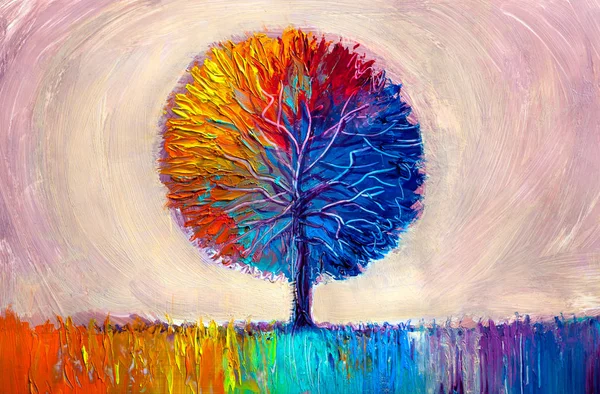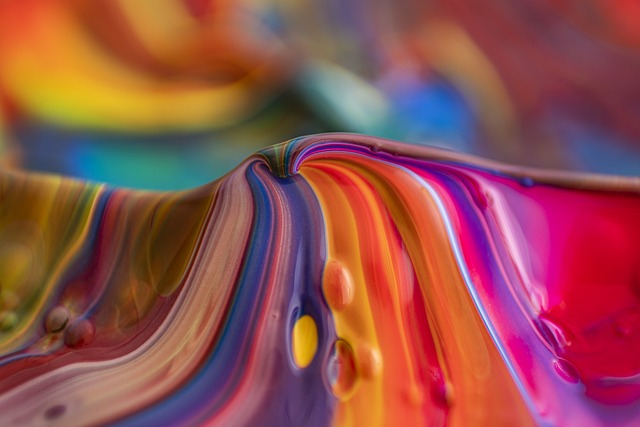Art
Visual Description
Subject Matter: Briefly describe the main subject or theme of the artwork. Is it a portrait, landscape, still life, abstract composition, or something else?
Composition: * Arrangement: How are the elements within the artwork arranged? (e.g., symmetrical, asymmetrical, diagonal lines, leading lines) Focus: Where does the artist draw the viewer’s attention? What is the focal point?
Color: * Palette: Describe the overall color scheme (e.g., warm, cool, vibrant, muted). Use of Color: How does the artist use color? (e.g., to create mood, contrast, harmony)
Line: Describe the types of lines used (e.g., thick, thin, curved, straight) and how they contribute to the overall composition.
Shape: Identify the dominant shapes within the artwork (e.g., geometric, organic).
Texture: If applicable, describe the actual or implied texture of the artwork (e.g., smooth, rough, glossy).
Light and Shadow: How does the artist use light and shadow to create depth, form, and mood?
3. Interpretation and Analysis
Style: Identify the artistic style or movement (e.g., Impressionism, Cubism, Surrealism) if applicable.
Mood and Atmosphere: What kind of mood or atmosphere does the artwork evoke? (e.g., joyful, melancholic, energetic, serene)
Possible Meanings: * What might the artwork symbolize or represent? What message or story is the artist trying to convey?
Consider the historical, cultural, or social context of the artwork.
4. Personal Response
Your Impression: How does the artwork make you feel? What are your personal reactions to it?
Example:
“This oil painting by Vincent van Gogh, titled ‘Starry Night’ (1889), depicts a vibrant and swirling night sky over a small village. The use of thick, impasto brushstrokes creates a sense of energy and movement. The swirling lines and vivid colors, such as the deep blues and yellows, evoke a sense of wonder and awe. The painting is thought to reflect Van Gogh’s emotional state during his time at the Saint-Paul-de-Mausole asylum.”
Remember:
Use descriptive language and avoid vague terms.
Be objective and factual in your observations.
Offer your own interpretations, but acknowledge that there may be multiple valid interpretations.




